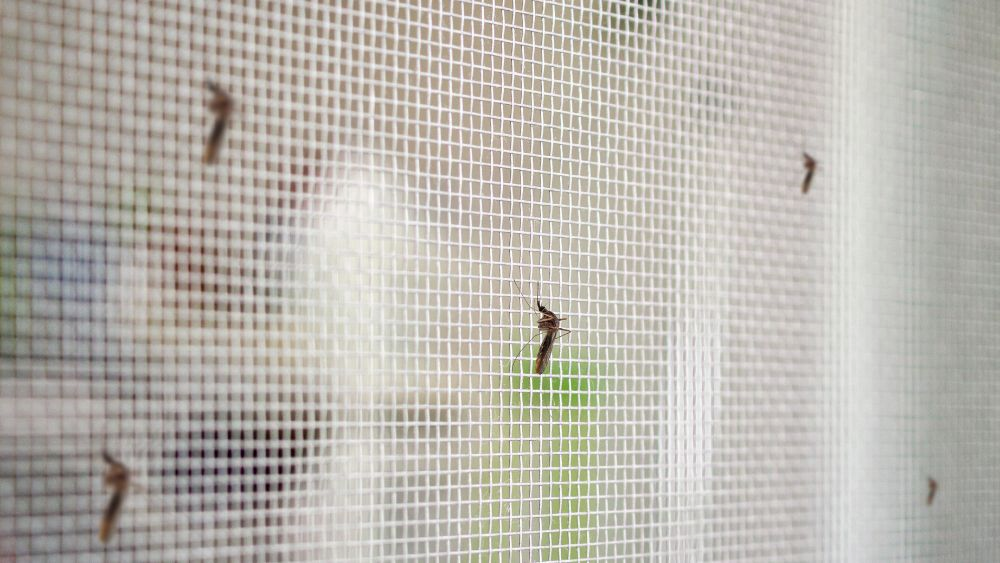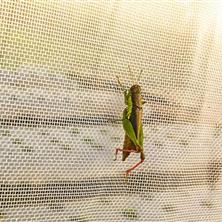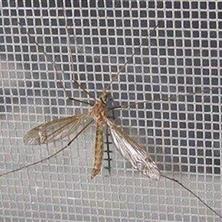Greenhouse Insect Net
Organic products have increasingly found their place in households, as people prefer to consume crops grown without chemical pesticides. Greenhouse insect nets play a crucial role in this process by preventing harmful pests such as aphids, mites, thrips, and others, thereby reducing the farmer’s reliance on chemical pesticides and fertilizers. But the question remains: Do all greenhouses really need insect nets? If we want to buy, which type is more suitable for our crops, and how can we ensure the quality of the product? Let’s explore what insect nets are, their benefits, different types, and which ones are most suitable for various plants.
What is a Greenhouse Insect Net?
A greenhouse insect net is a protective mesh designed to prevent harmful insects from entering the greenhouse and damaging vegetables, fruits, and flowers. Harmful pests such as whiteflies, aphids, mites, and thrips can cause serious damage, including contamination, waste, reduced quality, and lower yields.
These nets are typically made of strong woven fabric with small perforations that allow air and light to pass through but block pests. Interestingly, in many European countries, the use of insect nets in greenhouses is mandatory.
Installation of Insect Nets
Insect nets are usually installed on greenhouse doors, windows, and ventilation systems. They allow proper airflow and light penetration while preventing the entry of pests. Some insect nets are also designed to be opened and closed when access to vents is needed.
(Image)
Benefits of Using Greenhouse Insect Nets
Insect nets protect greenhouse crops from harmful pests while ensuring optimal growth conditions. Below are the main advantages:
- Prevent entry of harmful insects
- Protect crops from hail, heavy rain, and wind
- Reduce the need for chemical pesticides
- Preserve product quality
- Prevent sunburn and reduce heat stress
- Support organic crop production
- UV protection additives
- Increase yield
- Reduce costs
- Prevent entry of birds and small animals
- Long-lasting durability
- Reusable
- Environmentally friendly
- Support biological pest control
Biological Pest Control
Some greenhouses implement biological pest control strategies. In this method, natural beneficial insects are introduced to combat harmful pests. Insect nets allow the entry of beneficial insects such as parasitoid wasps while blocking destructive pests.

Buying Guide for Greenhouse Insect Nets
When purchasing insect nets, several technical and visual specifications must be considered, including:
- Mesh size (holes per inch)
- Length and width
- Material
- Shading percentage
- UV protection percentage
- Airflow resistance
- Weight
- Tensile strength
- Country of origin
- Average lifespan
- Warranty period
- Installation and after-sales services
Mesh Size of Greenhouse Insect Nets
The term mesh refers to the number of holes per inch (2.54 cm). Currently, insect nets with mesh sizes of 40 and 50 are available in the market. Farmers choose the appropriate mesh size based on their specific needs.
Insect Net Mesh 40
Mesh 40 means there are 40 holes per inch. On average, this equals about 20 holes per cm². These nets are effective in blocking pests such as whiteflies, aphids, and mites. Compared to mesh 50, mesh 40 nets have larger openings, which allows better airflow and sunlight penetration but cannot block very small pests like thrips.
Insect Net Mesh 50
Mesh 50 means there are 50 holes per inch. This type is also known as anti-thrips net because it is the only net that can effectively block thrips in addition to other pests. It is commonly used in vents, doors, and windows of greenhouses. While it allows airflow and light to pass, it is strong enough to prevent entry of even the smallest pests.
Material of Greenhouse Insect Nets
The materials used in insect nets may vary, but the most common ones include:
- Polypropylene (PP): Eco-friendly polymer with high resistance to corrosion, flexibility, and durability.
- Polyethylene (PE): Chemical-resistant, water-resistant, and highly durable while allowing light and airflow.
- Others (e.g., stainless steel, aluminum): Sometimes used for reinforcement, depending on pest-control requirements.
Our insect nets are made of high-quality polyethylene, offering excellent durability against pests and various weather conditions while being cost-effective compared to alternatives.
Other Important Factors When Buying Insect Nets
In addition to mesh size and material, consider these points before purchasing:
- Easy to install and user-friendly
- Correct size to fully cover doors, windows, or vents
- High resistance to weather conditions and pests
- Reasonable price with guaranteed quality
Buying Insect Nets from Sadsotun Engineering
Sadsotun Engineering Company, with an experienced team of engineers in greenhouse construction, agriculture, and horticulture, provides the best consultation for greenhouse setup and equipment purchase.
We offer 5-year warranty on our insect nets as proof of quality. Our commitment does not end with sales — after-sales services include replacement of original parts, maintenance, and system upgrades.
For consultation and purchase, contact us today:
📞 Phone: +982188524006 - +982188524007
 TajhizGostarSadSotoun
TajhizGostarSadSotoun

